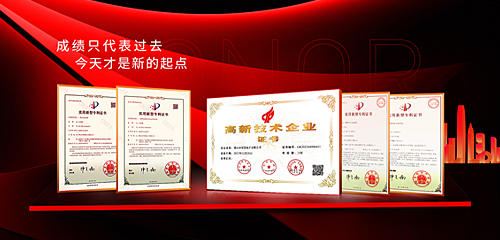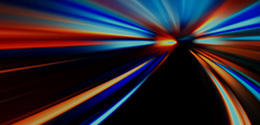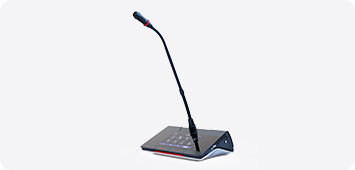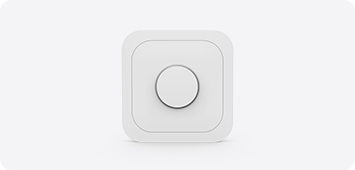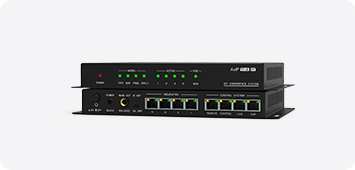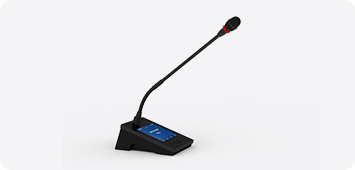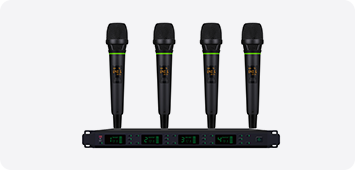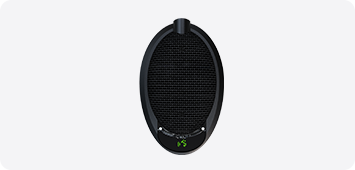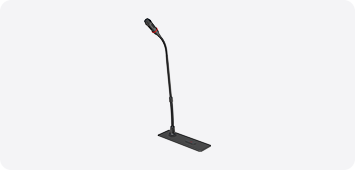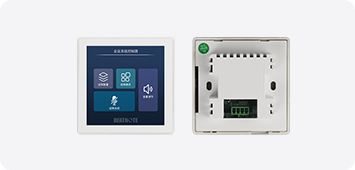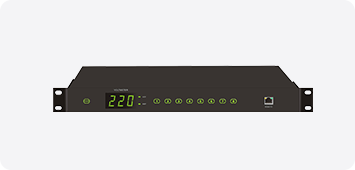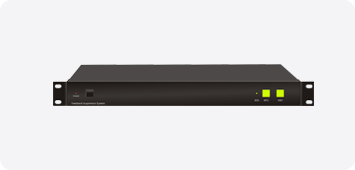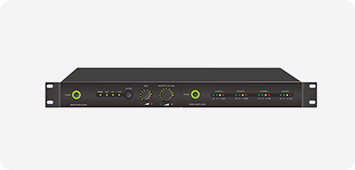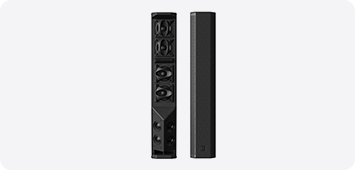

The EDT1608 is a 16 in 8 out digital audio processor that utilizes the ADI SHARC 4th generation ADSP-21489 floating point audio DSP chip to provide the highest performance 400 MHz/2200 MFLOP processor capability. Ultra-low noise front amplifier circuit, low distortion analog circuit, 114dB audio AD, DA, to provide high quality sound quality for the scene. The front panel of the device must have a volume status display, EDT1616 can display all the input 16, output 8-channel volume status; LCD display on the front panel of the device can cycle through the current IP address of the device, the processor is currently using the preset number, preset name, to facilitate the system has more than one processor, it is easy for administrators to quickly identify and distinguish between the current processor. The front panel has a network connection status indicator, error alarm indicator, when there is a serious error, you can flash red alarm prompts.
EDT1608 based on the super-powerful ADSP-21489 super-powerful DSP processing capabilities, as well as based on our unique core DSP method, to achieve the built-in independent 16-channel very low distortion adaptive feedback suppressor, 16-channel noise gate, 16-channel input limiter, 16-channel input limiter, 16-channel noise gate, 16-channel noise gate, 16-channel noise gate, 16-channel input limiter, 16-channel input limiter and 16-channel noise gate. channel input compressor, 16 channel 16-band PEQ, 16 channel input 48dB slope high-pass-low-pass filter, 16 channel 1-second delay timer, means that you can make precise and elaborate settings for each input audio channel. 16x8 full matrix mixing, realizing the free mixing of any input channel. 8 output channels all have independent 16-band PEQ, compressor, 48dB slope High-pass-low-pass, 2-second delay timer.
Built-in Sine Wave, Pink Noise, and White Noise signal generators. Can store 32 Pres et.
Rich audio channel and control interface
1 TCP/ I P communication port, 1 RS- 232 communication port, open third-party control protocol. Can meet a variety of large, medium and small professional audio project use. Can meet the needs of the theater, concert hall, remote video conferencing, sports venues, churches, conference centers, theme parks and other public sound reinforcement systems and other aspects of the application.
Easy-to-use control software
We visit experienced senior sound engineers, professional mixers, in-depth communication debugging, application staff operating habits, developed in line with the industry application of the software interface. The control software is easy to understand and can be operated quickly without manuals. Each input value can be entered directly into the keyboard to get the exact value you want, such as - 12. 2dB directly into the - 12. 2. volume fader operation Shi f t + selected channel, press the keyboard up and down arrow keys, you can realize the 1dB step, step down. For PEQ, Li mi t er such complex parameter adjustments, the parameters can be quickly copied and pasted, you can easily realize the data copying of multiple channels, convenient operation.
Open RS-232, TCP/IP communication protocols
Realize the third-party device to control volume, call mode, set mute, able to batch read the pre-mix level meter and post-mix level meter through TCP/IP protocol, easy for third-party software integration.
-High-performance floating-point DSP processing chip;
-8/16 channels balanced input audio channels;
-8/16 channels support MI C inputs;
-Each MIC input supports 48V phantom power;
-8/16 channels independent adaptive feedback suppressor;
-8/16 channels auto mix with AGC function;
-8/16 balanced audio output channels;
-ADC CS5368 114dB dynamic;
-AC CS4385 114dB dynamic;
-Inputs per channel: Preamplifier, Noise Gate, Compressor, 16-band Parametric EQ, Delay, Auto Mixer;
-Output per channel: 16-band parametric equalization, crossover, high and low pass filters, limiter, delay;
-Built-in signal generator: sine wave signal, pink noise, white noise;
-Front panel 1602 display shows IP address, current preset;
-Open RS-232, TCP/IP protocol to realize third-party control;
-Camera tracking code output, easy to realize the camera linkage function through the third-party central control;
-Support 32 groups of scenes preset functions, can be called through TCP/IP, RS-232 protocols.
Audio input | 16-way balanced input, Phoenix plugs |
Nominal input level | +4 dBu line or -40 dBu microphone level |
Microphone preamplification gain | 0-40 dB analog gain, 20 dB digital gain |
Maximum Input Level | +20 dBu |
Input Impedance | >5 kΩ balanced, >3 kΩ unbalanced |
Common mode rejection ratio (CMRR) | >70dB @ 1 kHz |
Preamplified Equivalent Input Noise (EI N) | <-125 dBu, 2 2Hz - 22kHz |
Phantom Power | +48 VDC |
Audio Outputs | 8-way balanced line level, Phoenix plugs |
Nominal Output Level | 0 dBu line level |
Output Impedance | 600 Ω balanced |
DSP Frequency, Processing Power | 400 Mhz, 400 MIPS, 2200 MFLOP |
Sampling frequency/quantization | 48 kHz, 24Bi t ADC, 24Bi t DAC |
Frequency Response | 20 Hz - 20 kHz, + /- 0.5 dB |
Dynamic Range | 114 dB, ADC, DAC |
Total harmonic distortion | <0.01%; 20 Hz - 20 kHz @ +4 dBu |
Interchannel crosstalk | >-80 dB @ 1 kHz, typical |
Device size WxDxH | 1U, 480 mm x 250 mm x 44 mm |
Power supply | 100 to 240VA, 50/60 Hz, 75W |
Operating environment | Maximum ambient operating temperature 0°C to 40°C |


